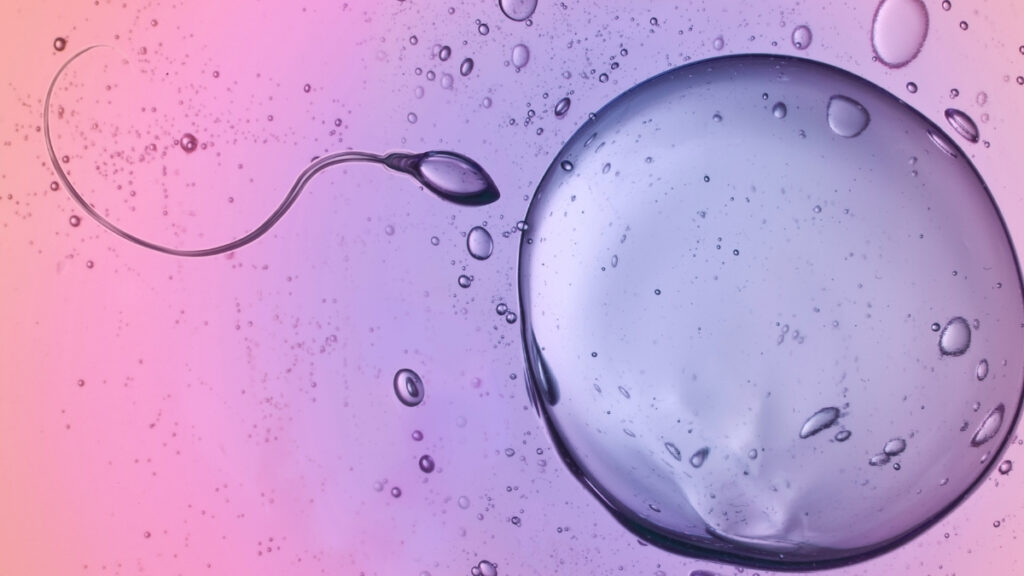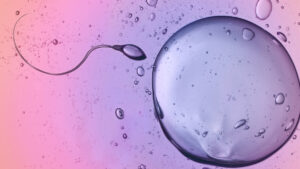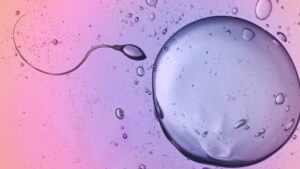
Human sperm have demonstrated an astonishing ability to navigate through thick fluids, seemingly contradicting Newton’s third law of motion, which states that for every action, there is an equal and opposite reaction. A research team led by Kenta Ishimoto, a mathematical scientist at Kyoto University, explored this phenomenon to understand how sperm and other microscopic swimmers maneuver through substances that would typically impede their movement.
In his seminal work in 1686, Sir Isaac Newton formulated principles describing the interactions between physical objects and the forces acting upon them. However, these principles do not always apply to the microscopic worlds of cells and their interactions with sticky environments. The study, published in October 2023, reveals that the movement of sperm and similar organisms showcases non-reciprocal interactions, which allow them to operate outside of classical physics.
Understanding Non-Reciprocal Interactions
Newton’s third law implies a certain symmetry in nature, where opposing forces equate. For example, when two marbles collide, they rebound based on their respective forces. Yet, nature often defies these expectations, particularly in chaotic systems. The research highlights that non-reciprocal interactions occur in various biological contexts, including the motion of flocking birds and the swimming patterns of sperm.
Sperm and other motile agents exhibit asymmetric interactions with both their environment and the organisms around them. This enables them to circumvent the constraints imposed by Newton’s laws. The study notes that since birds and cells generate their own energy through movement, the system is displaced from equilibrium, leading to unique dynamics that do not conform to traditional physical laws.
The research team analyzed experimental data on human sperm and modeled the motion of green algae, specifically Chlamydomonas. Both organisms utilize thin, flexible flagella that extend from their bodies, allowing them to propel themselves forward. Typically, in highly viscous fluids, the energy generated by a flagellum would be dissipated, preventing effective movement. Nevertheless, the study demonstrates how these elastic flagella manage to drive the cells forward without losing momentum to their surroundings.
New Insights into Flagellar Motion
The study reveals that the tails of sperm and the flagella of algae possess what the researchers describe as “odd elasticity.” This unique property enables these flexible structures to navigate through viscous environments with minimal energy loss. However, odd elasticity alone could not account for the propulsion generated by the wave-like motion of the flagella.
To further explore these dynamics, the researchers introduced a new term—odd elastic modulus—to describe the internal mechanics of the flagella. They stated, “From solvable simple models to biological flagellar waveforms for Chlamydomonas and sperm cells, we studied the odd-bending modulus to decipher the nonlocal, nonreciprocal inner interactions within the material.”
These findings hold potential implications beyond understanding natural systems. The insights could inform the development of small, self-assembling robots that mimic living materials. The modeling methods established in this research may also enhance comprehension of the underlying principles governing collective behavior in various biological contexts.
The study was published in the journal PRX Life, contributing to a growing body of knowledge that challenges traditional understandings of physics in biological systems. As scientists continue to investigate these complexities, the potential applications for technology and robotics become increasingly promising.






